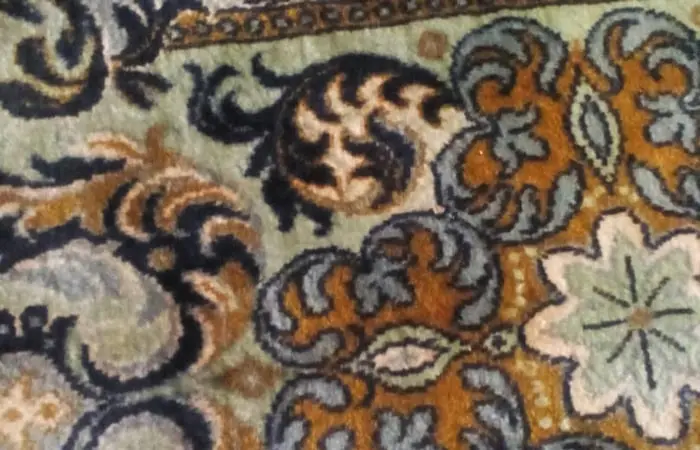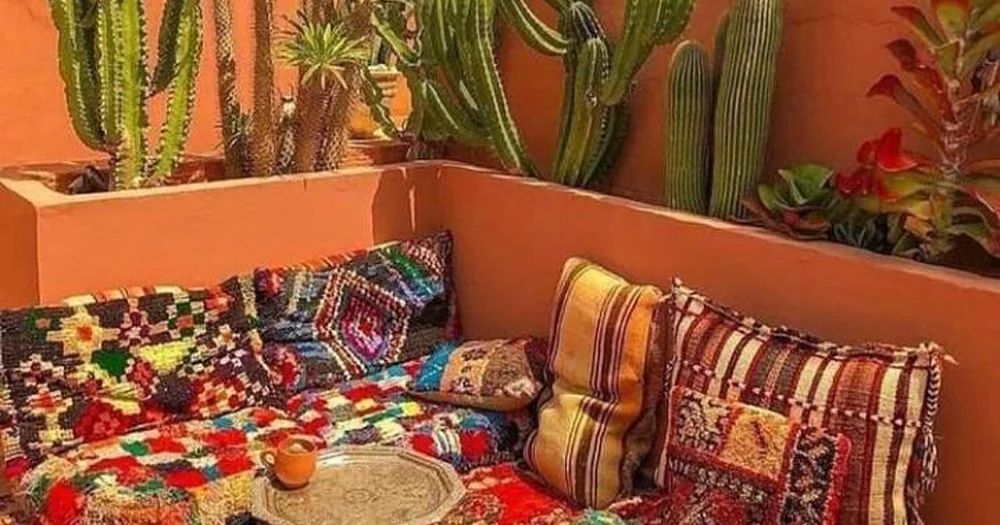What do the colors in a Persian rug mean?
Throughout history, the luxurious and sophisticated Persian rug is an item that has been in high demand.
Colors could significantly impact ancient cultures and inherit them with the present cultures of the world.
The materials, colors, and patterns used to create the rugs are all a part of a story that is exceptionally one of a kind.
- Green equals growth
Green is one of the most popular colors in Persian rugs. It symbolizes growth, health, balance, and prosperity. It’s a field or forest’s vivid use and represents new beginnings and rebirth.
- Red equals passionate
Red symbolizes desire. It might be pleasant, comforting, or energizing, making it more eye-catching and intriguing. Rug producers use red to highlight designs and intricacy.
- The Tranquility of blue
Blue is ranked as the third most frequent Persian rug color, which gives a calming and peaceful sense.
Weavers extracted blue from woad and indigo, which is also associated with power and the afterlife. Weavers utilized the shade to express optimism for the afterlife.
- Yellow and gold equal happiness
Yellow and gold symbolize pleasure and positive energy. Yellow Persian rugs capture the sun’s warmth and life’s joy as well saffron, chamomile, and vines show the color and reflect the royalty or prominent families.

- Beige and white equal innocence
In ancient Persian culture, cleanliness is vital, and artisans utilize white and beige colors in a creative mix to create delicate motifs that symbolize innocence. As a bonus, it lends an earthy warmth to the rugs, which makes the room feel more open and airy.
- Black equals mystery
Even though black is the most powerful color, its connotations in dark blue are rather potent as well. Persian rugs have a gloomy, depressing vibe to the eye; an abundance of black can appear ominous.
Persian weavers rarely employed black to construct exclusive designs or backgrounds, unlike Caucasian or Bessarabian weavers. It outlines the design most frequently. Tannin, oak tree galls, and iron were all used to make natural black dyes.
- Orange equals devotion and piety
Orange is a significant color in the symbolism of Buddhism and Hinduism in Asia, even though in Europe and the United States of America, it is most commonly linked with fun, the unorthodox, extroverts, fire, activity, and danger.
This color is associated with piety, humility, and devotion in Persian rugs because of its spiritual and meditative quality.
- Brown equals fertility
The color brown is associated with fertility and the earth itself. Brown is a significant color because it brings to mind the earth, where we all live and work. It has a natural feel and is an attractive hue to utilize inside.
Conclusion
Colors are essential in conveying the real sense to spaces and people. Rustic rooms benefit from adding rugs in earth tones like brown, blue, and green. Luxurious piles in warm colors can also be seen on area rugs, emphasizing a cozier, more homey atmosphere.

